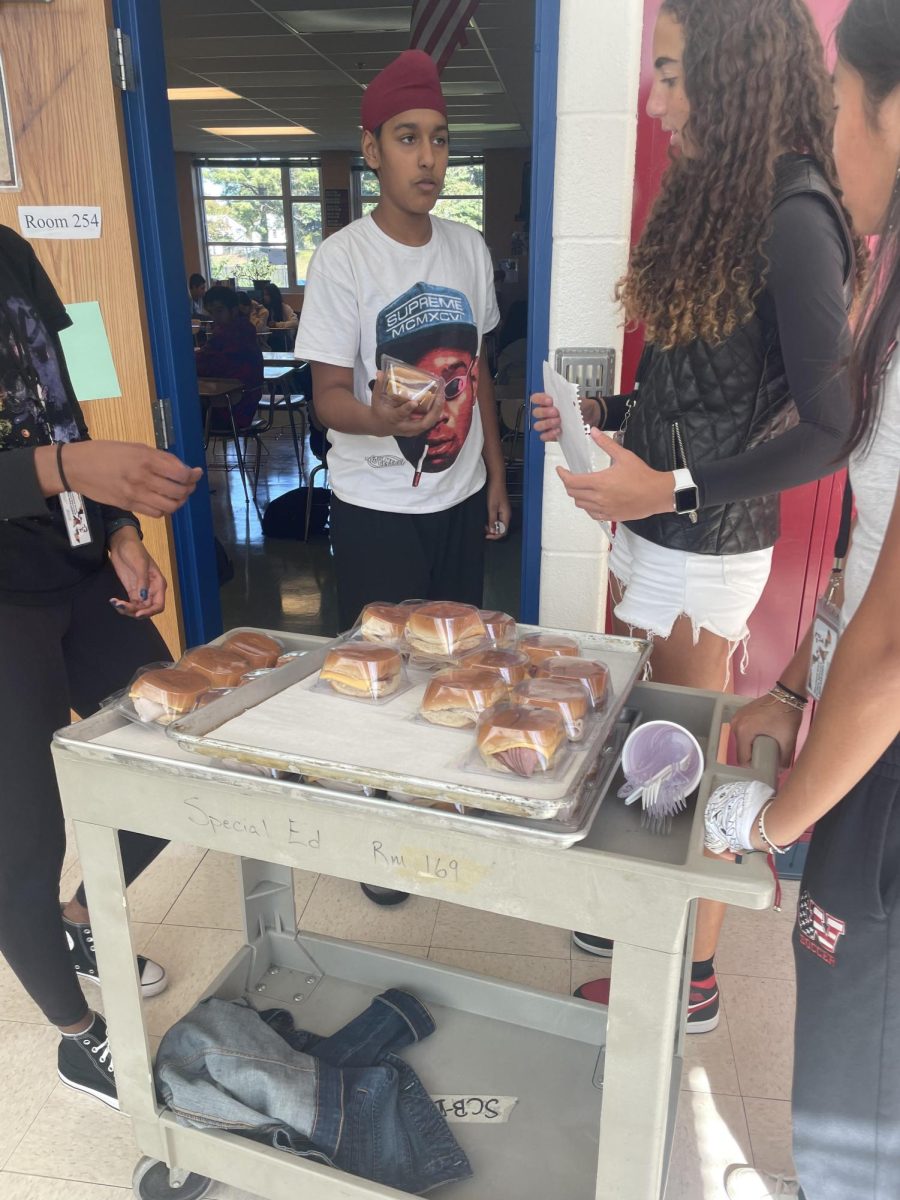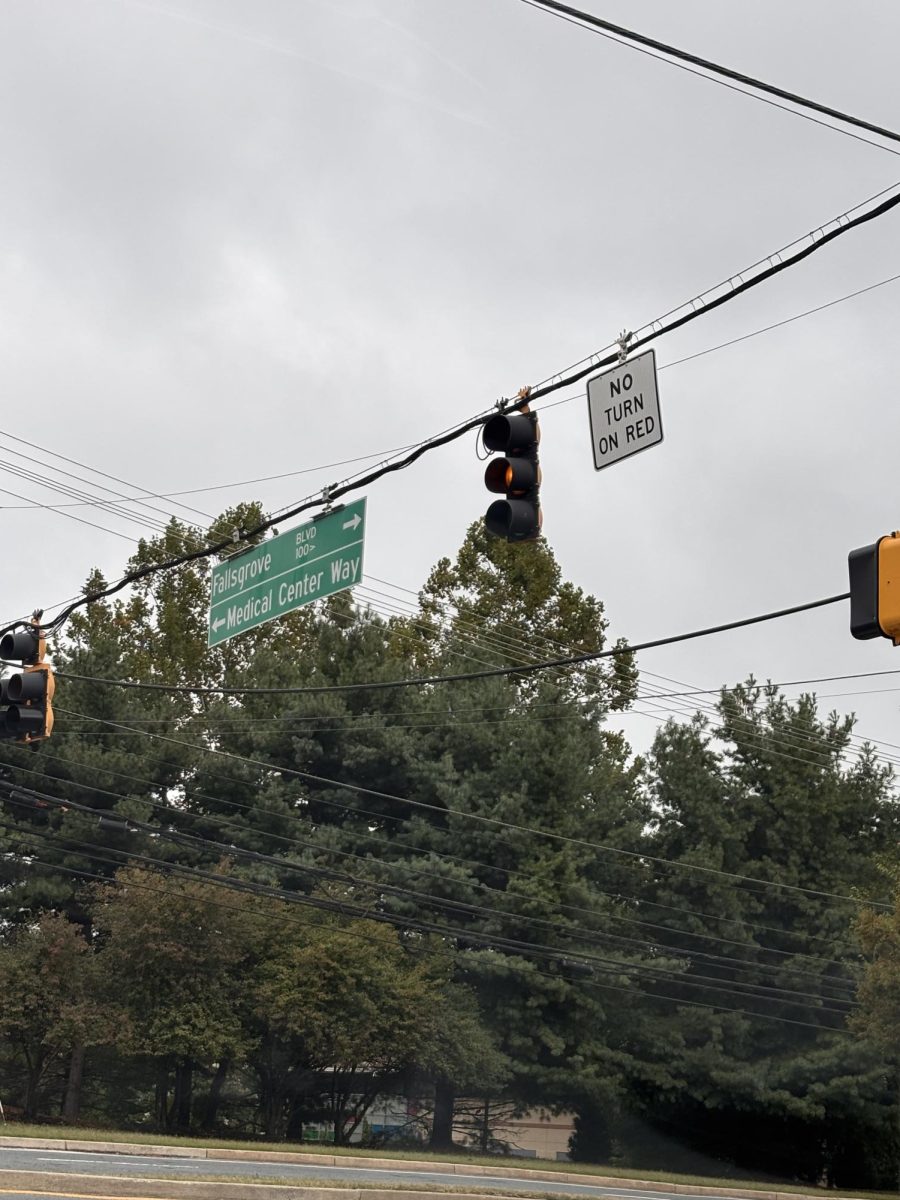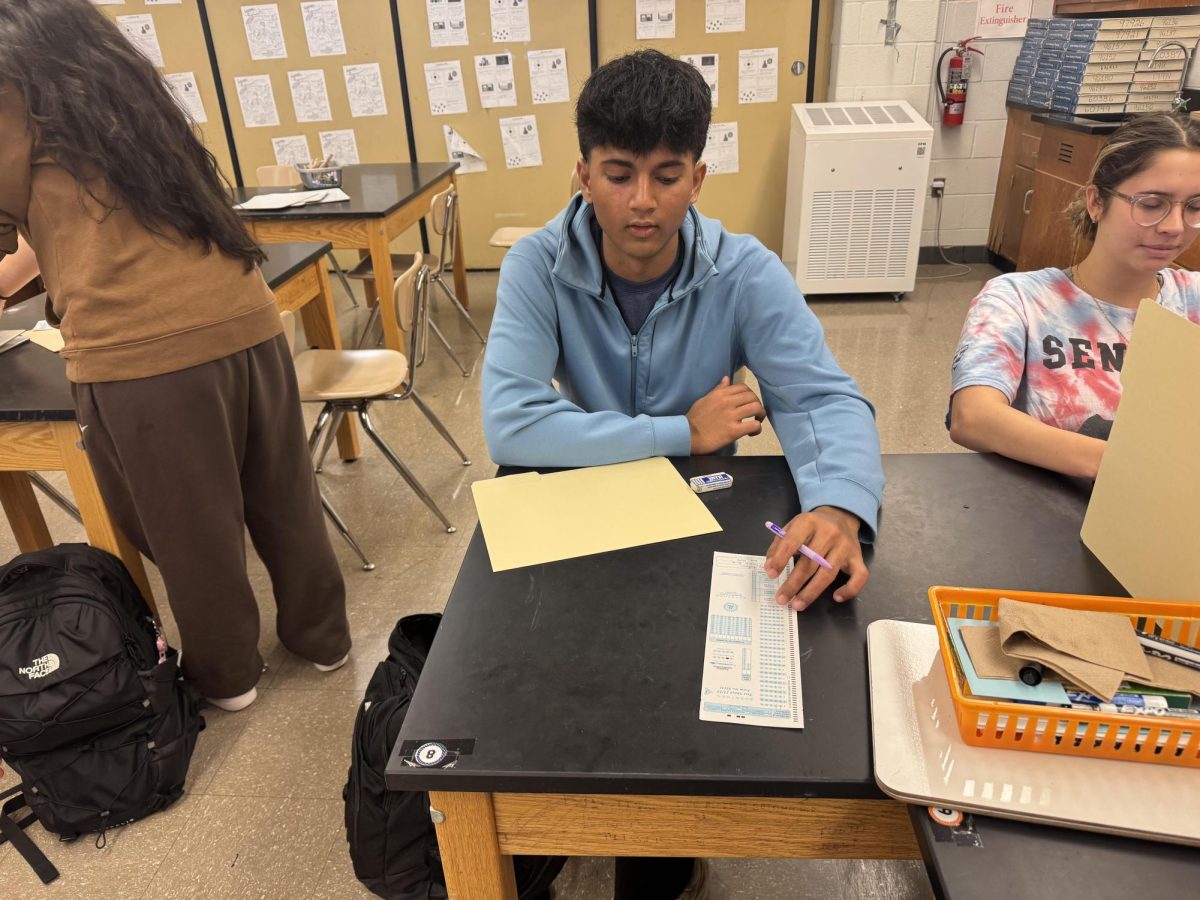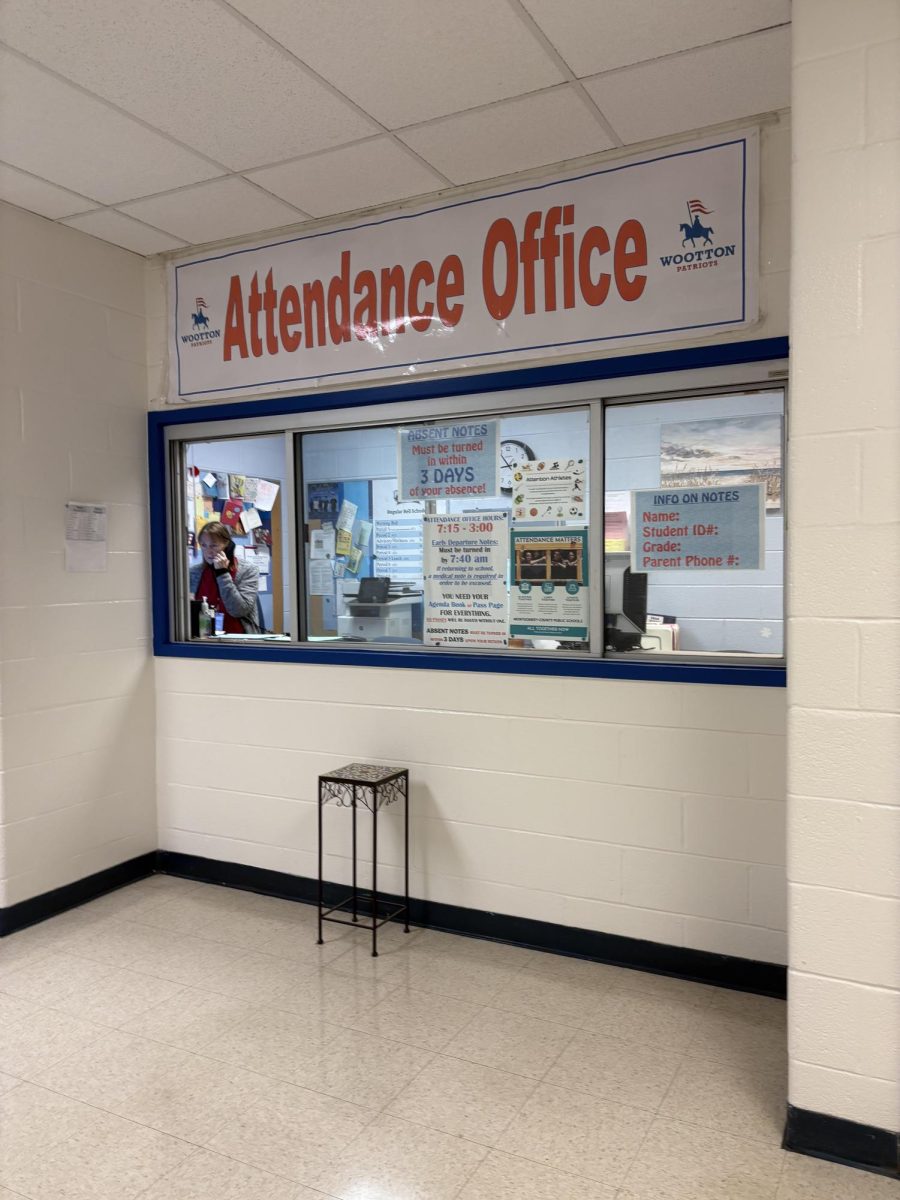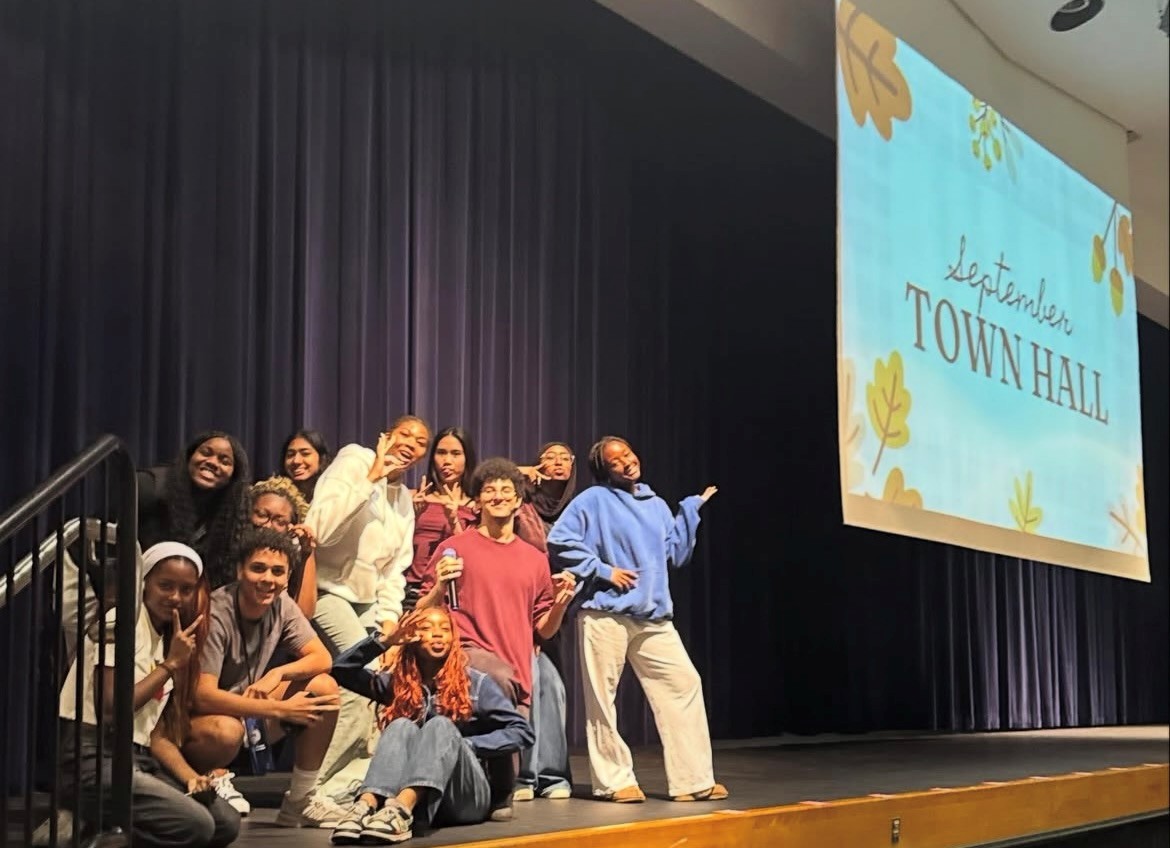MCPS is planning to adopt new curriculum involving restorative justice. Earlier this year, several staff members were selected to attend a two-day training regarding restorative justice. English teacher Kearney Blandamer, English teacher Nicholas Hitchens, Spanish teacher Meredith Lange, administrator Jane Cocker and security guard Shawn Hancock all attended the training. The training covered the significance of restorative and community circles. According to Blandamer, she fell in love with the content taught at the training and decided to figure out a way to incorporate it in her classes.
Blandamer has conducted several community circles in her Honors English 12 classes. The main purpose of community circles is to build and strengthen interpersonal relationships between students and teachers in the school environment. Restorative circles aim to identify right from wrong and help students solve dilemmas. Blandamer believes that this new classroom approach could definitely be effective if community circles are held more frequently, such as once a week. Restorative and community circles give a good break for mental health and are a good way for teachers to check in with students. “My goal is to try to conduct two community circles a month. They require a lot of comprehensive planning but it’s an excellent classroom practice and I would suggest it to all teachers,” Blandamer said.
Community circles let students break away from academic stressors and give them the opportunity to speak with their peers about topics that aren’t normally discussed in classrooms. In past community circles, discussion topics have been about what causes stress for students, what superpower students would want, and where students want to vacation to and why. “It was nice to have a 45-minute long class discussion that was unrelated to academics. It was really interesting to hear what everyone had to share an it made me realize that I have a lot more in common with my classmates than I thought,” senior Abby Feitel said.
In a community circle in English class, all desks will be rearranged and organized into a big circle. Blandamer will present the class with the topic of discussion and a prompt. Blandamer will then read each question to the class and pass the talking piece to the next student and repeat. Typically, three rounds of questions are asked. To close the community circle, Blandamer will either share a positive quote or present students with a question or reflection. An example of quote that Blandamer used for a past community circle was “Optimism is the faith that leads to achievement. Infuse your life with action. Stay positive and happy.”
There are several required rules to follow for an efficient community circle. Each participant must respect the speaker and what they share. In order to speak during the activity, you must be holding the talking piece. The talking piece can be any object, and is handed around to indicate who is allowed to speak. If you are not holding the talking piece, you are not permitted to speak until it’s passed to you. Students are allowed to pass the piece and can choose to remain silent if they don’t have anything the share. The more students who share responses though, the more effective the circle will be.
Sample community circle questions conducted by Blandamer in her English classes include: What is something that is giving you stress right now? What is one thing this school could do to help alleviate some of your stress? What is something that gives you hope? To close the circle, Blandamer would use a prompt such as “Say one or two words about your experience in the circle today.”
As a participant, I believe community circles are important in the academic environment. There are so many students in our school and at least half of us have never spoken to each other in our lives. After participating in community circles, I felt a stronger connection between my classmates, my teacher and myself. Student personalities slowly revealed as the procedure progressed, enabling Blandamer to get to know her students better.


